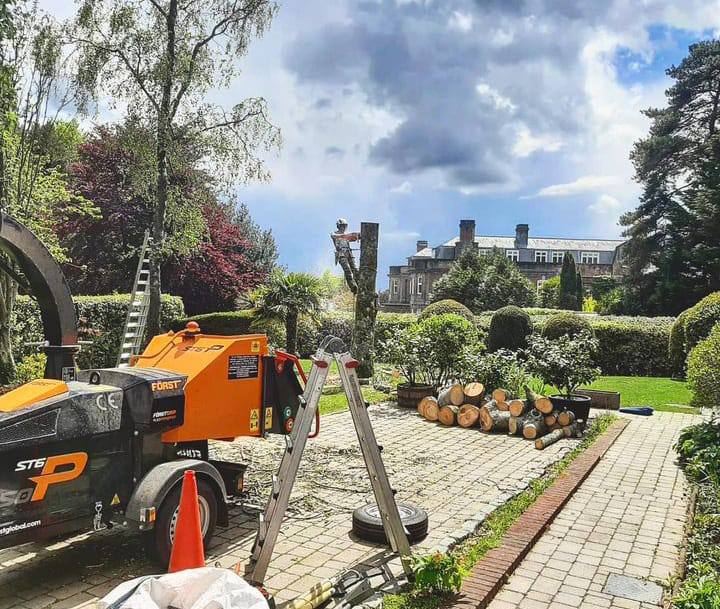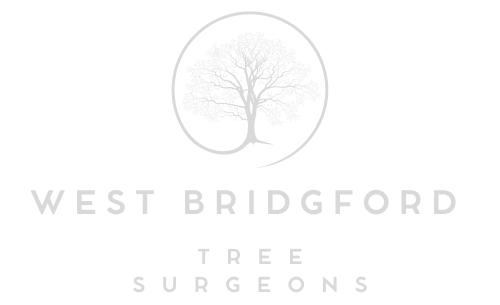Tree Crown Reduction: Factors to Consider Before Getting Started
Introduction: Tree crown reduction is a delicate arboricultural practice that requires careful planning and execution to ensure the health and longevity of trees. Whether you’re considering crown reduction for safety reasons, aesthetics, or tree health improvement, understanding the key factors involved can help you make informed decisions.
1. Reasons for Crown Reduction
Before embarking on crown reduction, it’s essential to identify the specific reasons for pruning. Common reasons include:
- Safety: To reduce the risk of branch failure or tree uprooting during storms or high winds.
- Aesthetics: To maintain a balanced and visually appealing tree shape that complements its surroundings.
- Health: To remove diseased, dead, or structurally weak branches and promote overall tree vitality.
Understanding your primary objective will guide the extent and approach of crown reduction.
2. Tree Species and Growth Characteristics
Different tree species exhibit varied growth patterns and responses to pruning. Some species naturally form dense crowns, while others have open, spreading canopies. Considering species-specific requirements and growth habits before initiating crown reduction is crucial. Consulting with an arborist who understands local tree species can ensure the pruning is tailored to the tree’s needs.
3. Timing of Pruning
The timing of crown reduction plays a crucial role in its success. Generally, crown reduction is best performed during the dormant season (late autumn to early spring) when trees are less actively growing. This minimises stress on the tree and reduces the risk of disease transmission through pruning wounds. However, certain species may have specific timing requirements, so seeking professional advice is advisable.
4. Local Regulations and Conservation Considerations
Before starting any tree work, checking local regulations and conservation guidelines is essential. Some trees may be protected by Tree Preservation Orders (TPOs) or located within conservation areas where specific permissions are required for pruning. Compliance with these regulations ensures legal compliance and protects valuable trees in the community.
5. Professional Tree Surgeon
Crown reduction is a specialised task that qualified tree surgeons with experience in arboriculture should perform. Professional tree surgeons possess the necessary skills, tools, and knowledge to carry out crown reduction safely and effectively. They can assess the tree’s health, determine pruning requirements, and ensure industry standards conduct the work.
6. Post-Pruning Care
After crown reduction, proper post-pruning care is essential to support tree recovery and maintain health. This may include monitoring for signs of stress or disease, applying appropriate fertilisers or mulch, and regular inspections to assess growth and branch stability.
Conclusion: Tree crown reduction is valuable for enhancing tree safety, aesthetics, and health. You can ensure successful and sustainable tree management by considering factors such as reasons for pruning, tree species characteristics, timing, regulations, and hiring a professional tree surgeon.
Call us on: 0115 647 1188
Click here to find out more about West Bridgford Tree Surgeons
Click here to complete our contact form and see how we can help you with your tree’s needs.

